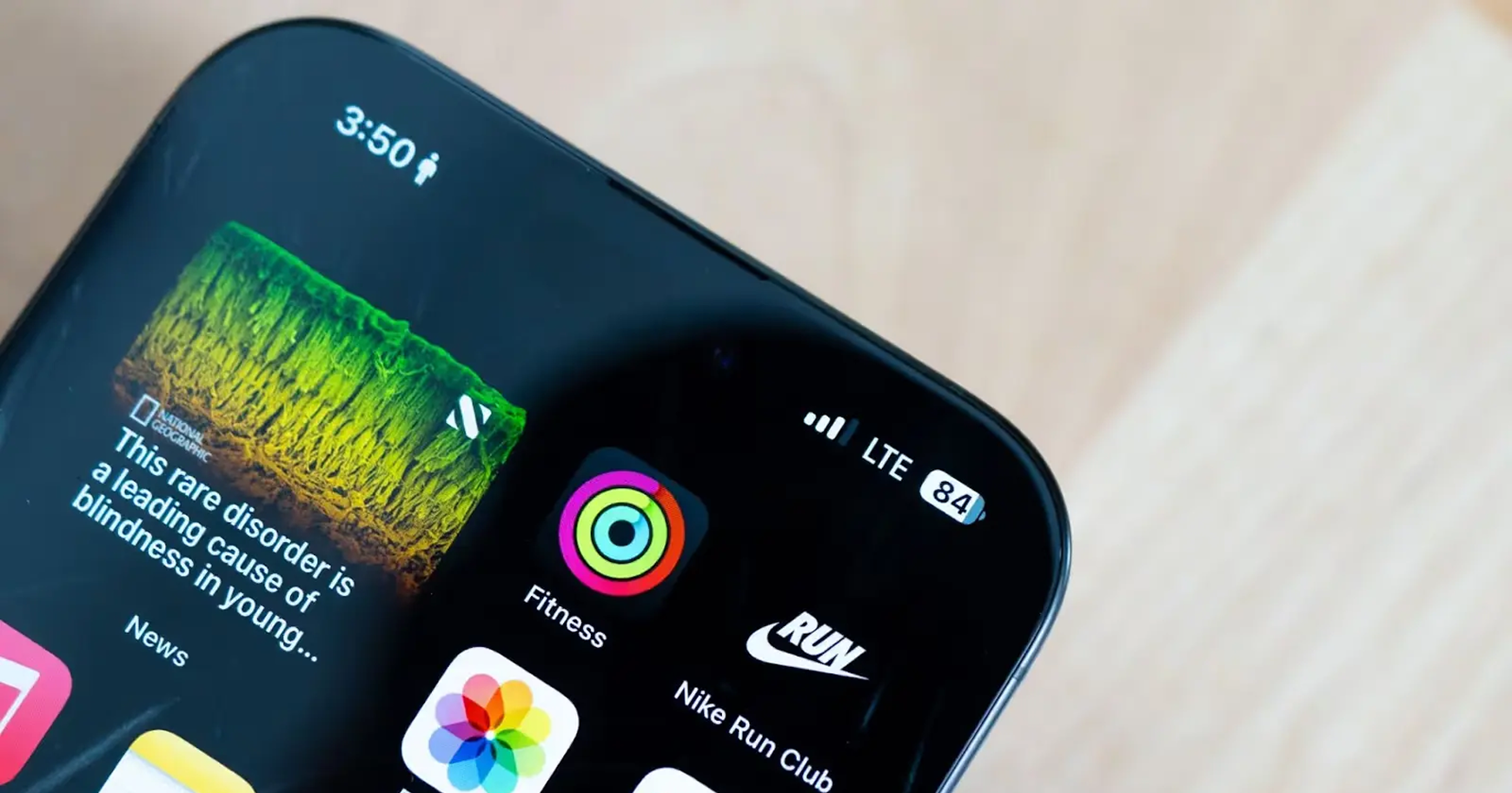iPhone Text Effects: Tips and Tricks
January 7, 2026
Coverage

LTE (Long Term Evolution) is a high-speed wireless communication standard used by mobile networks to deliver fast internet access on smartphones, tablets, and other connected devices.
Often referred to as 4G LTE, it offers significantly faster data speeds, reduced latency, and more reliable performance than earlier 3G networks. Because of its speed and stability, LTE supports smooth video streaming, quick downloads, responsive mobile browsing, and real-time applications such as online gaming and video calls. It is widely available around the world and serves as an important stepping-stone toward newer technologies like 5G, making it a foundational part of modern mobile connectivity and wireless communication.
{{cta_carousel}}
So, those three letters appeared on your screen, and now you’re asking yourself, “What does LTE mean?” But, what about the other symbols, too?
When using your phone to make voice calls or scroll your favorite social media platforms, you might notice different symbols appearing on your phone's screen. These symbols represent the type of nearby networks..
Here's a quick breakdown:
LTE affects your mobile data speed, phone call quality, battery life, and your overall phone experience.
When you're connected to a strong 4G LTE network, your favorite apps, streaming services, and web pages should all work smoothly on your cell phone. You should be able to enjoy high-quality video calls, load web pages in a snap, and stream music without any bandwidth issues.
When you’re on a 4G LTE, you likely won’t experience any data connection interruptions or outages. In fact, the average phone user isn’t likely to notice a big difference between a 4G and 5G connection. Plus, 5G drains your battery more quickly than 4G LTE.
Different carriers offer varying levels of LTE coverage and performance. Some carriers provide higher peak speeds, while others give you more consistent coverage.
While AT&T, T-Mobile, Verizon, and UScellular all have their own 4G LTE cellular networks, they are also in a race to expand their 5G networks. Check out these three major 4G LTE—and 5G—networks below:
Getting the best coverage and data plan depends on your location and personal preferences. Don't worry. We've got some tips to guide you:
Just keep in mind that the 5G roll-out has been gradual, and while it promises even faster performance , 4G LTE networks still provide an excellent balance of speed and coverage for most users. Think of 4G LTE as your reliable, tried-and-true option, while 5G is the exciting, flashy newcomer.
Now that we’ve answered “What does LTE mean on my phone?” and explained how 4G LTE and 5G networks can impact your mobile experience, you may find yourself considering a new phone. Take a look at our running list of the best iPhone 16 deals, Galaxy S25 deals, and Pixel 9 and Pixel 9 Pro deals across carriers, updated the moment we detect a change.
LTE is a wireless network known for its fast speeds and reliability, and is a significant jump from 3G. The LTE symbol will typically be shown within a smartphone’s status bar when it’s activated.
LTE has great signal penetration and wide coverage, and can even reach remote areas where other networks might struggle. However, 5G is superior in most circumstances.
If your phone is out of range of 5G antennas, your smartphone will switch to LTE. With Apple iPhone, if you’re not receiving a noticeable difference with 5G, the device will automatically switch to LTE to help save battery life.